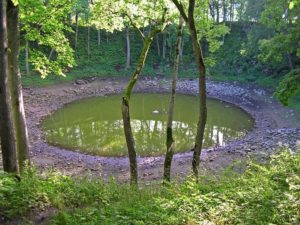Impact craters 🢔 Geological wonders 🢔 Categories of wonders
Wonder
Kamil crater
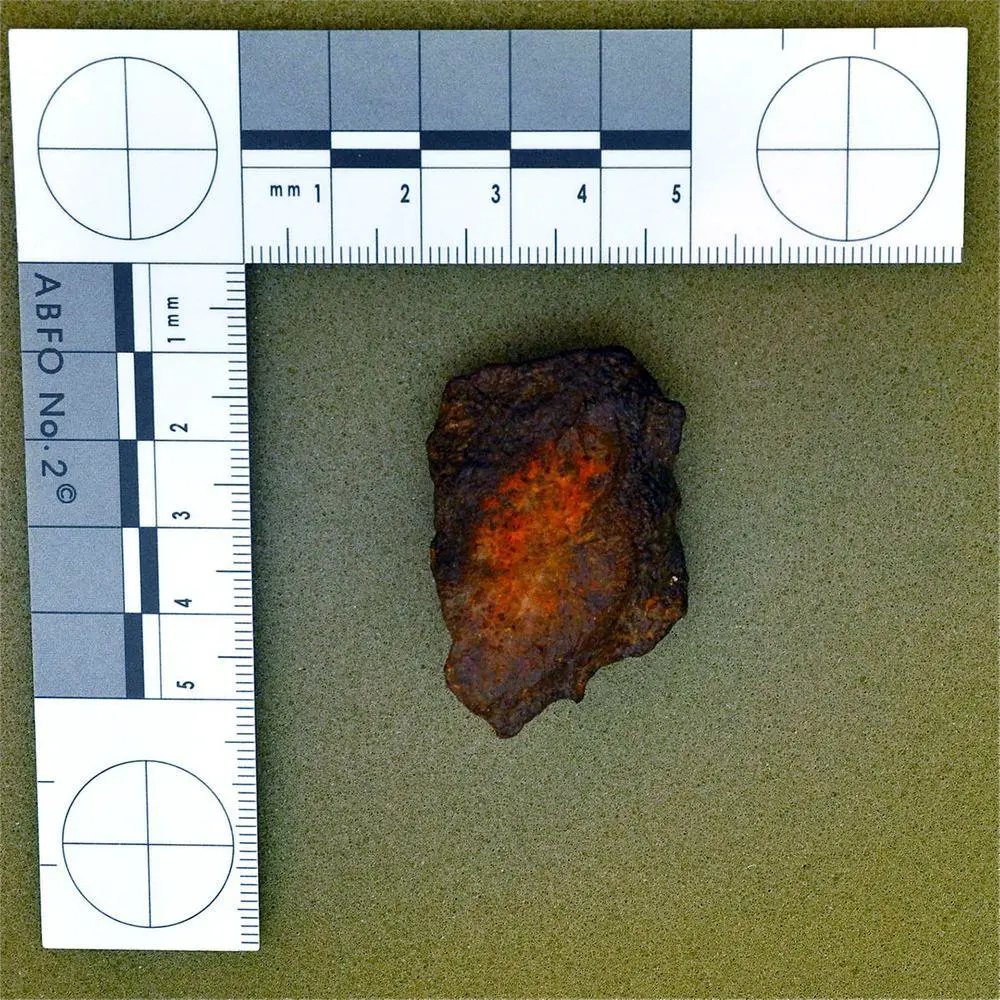
 In short
In short
The best preserved small impact crater (a crater with a diameter less than 300 m) is Kamil crater in Egypt.
 45.3%
45.3%
GPS coordinates
Location, address
Diameter
Visible depth
Full depth
Age
Map of the site
If you see this after your page is loaded completely, leafletJS files are missing.
 In detail
In detail
Discovery
This amazing natural formation was first noticed by Italian mineralogist Vincenzo de Michele in 2008. He discovered it with the Google Earth application while looking for man-made landmarks from the Neolithic Age in this remote part of the desert.
In fact, this (currently) empty land was inhabited in the Neolithic. Only some 5 300 years people were forced to find another way of life due to the advancing desert – and, it is possible, this crisis initiated the development of the great Egyptian civilization. But this is another story.
Scientists were quick – already in February 2009 there was organized the first joint Italian – Egyptian expedition to the crater. The next expedition followed in February 2010 and then the results of geophysical research testified – this is impact crater indeed.
The impact crater was named after the 65 km distant Gebel Kamil (Djebel Kamil) mountain – Kamil crater.
The only ejecta rays on Earth?
This crater is small – width is only 44.8 m, full depth – 15.8 m. Now the crater is partly filled with sand.
One feature makes this crater unique: a rayed structure around the crater is visible. These are ejecta rays, left by the meteorite explosion. While such ejecta rays are common on Moon or planets with a thin layer of the atmosphere, on Earth these rays are quickly erased by erosion.
It is possible that the Kamil crater is the only impact crater on Earth with such ejecta rays thanks to the very dry climate in the desert.
Iron meteorite
Exact age of the crater is not known, but scientists estimate that it is younger than 5000 years – maybe just three – two thousand years.
It was created by approximately 1.3 m wide iron meteorite, falling obliquely. The weight of this iron piece was some 5 – 10 tonnes and it fell with a speed of some 11 – 12 km per second.
According to earlier calculations such meteorites in the atmosphere should divide into smaller pieces and melt – and in most cases they do. But there are cases when such meteorites behave like bullets and hit the ground with terrible force.
This happened in the case of the Kamil meteorite. Although it was as large as a fridge, it smashed the hard sandstone and created a hole large enough to hide a large house in it.
The hit smashed the meteorite into thousands of pieces. Thus far have been found pieces with a total mass of 1,600 kg, the largest is 83 kg heavy. Most are located in the Egyptian Geological Museum in Cairo, but some were brought to universities in Pisa and Siena, Italy.
This iron meteorite has ataxitic structure – e.g. it does not have the amazing Widmanstätten pattern which is characteristic of many other iron meteorites. The meteorite mass though has inclusions of schreibersite, troilite, and daubréelite crystals – all are rare minerals that are found only in meteorites.
References
- L. Folco, M. Di Martino, A. El Barkooky, M. D’Orazio, A. Lethy, S. Urbini, I. Nicolosi, M. Hafez, C. Cordier, M. van Ginneken, A. Zeoli, A.M. Radwan, S. El Khrepy, M. El Gabry, M. Gomaa, A.A. Barakat, R. Serra and M. El Sharkawi. Kamil Crater (Egypt): Ground truth for small-scale meteorite impacts on Earth. Geology, January 5, 2011.
Kamil Crater is included in the following article:
 Linked articles
Linked articles
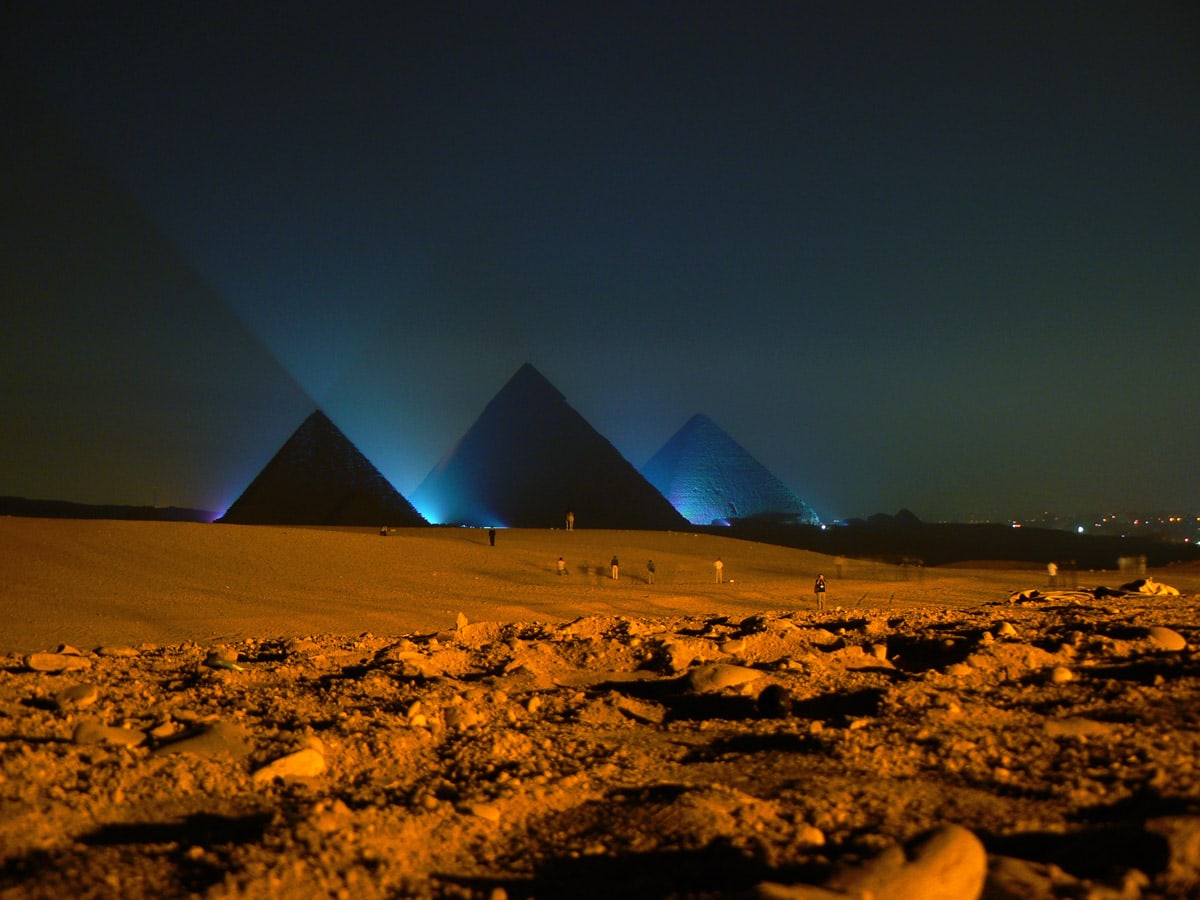
Wonders of Egypt
Egypt is home to many of the most important and impressive archaeological monuments in the world. Here, in the valley of the Nile developed one of the first and greatest civilizations – Ancient Egypt (3150 – 332 BC), leaving countless larger and smaller monuments.
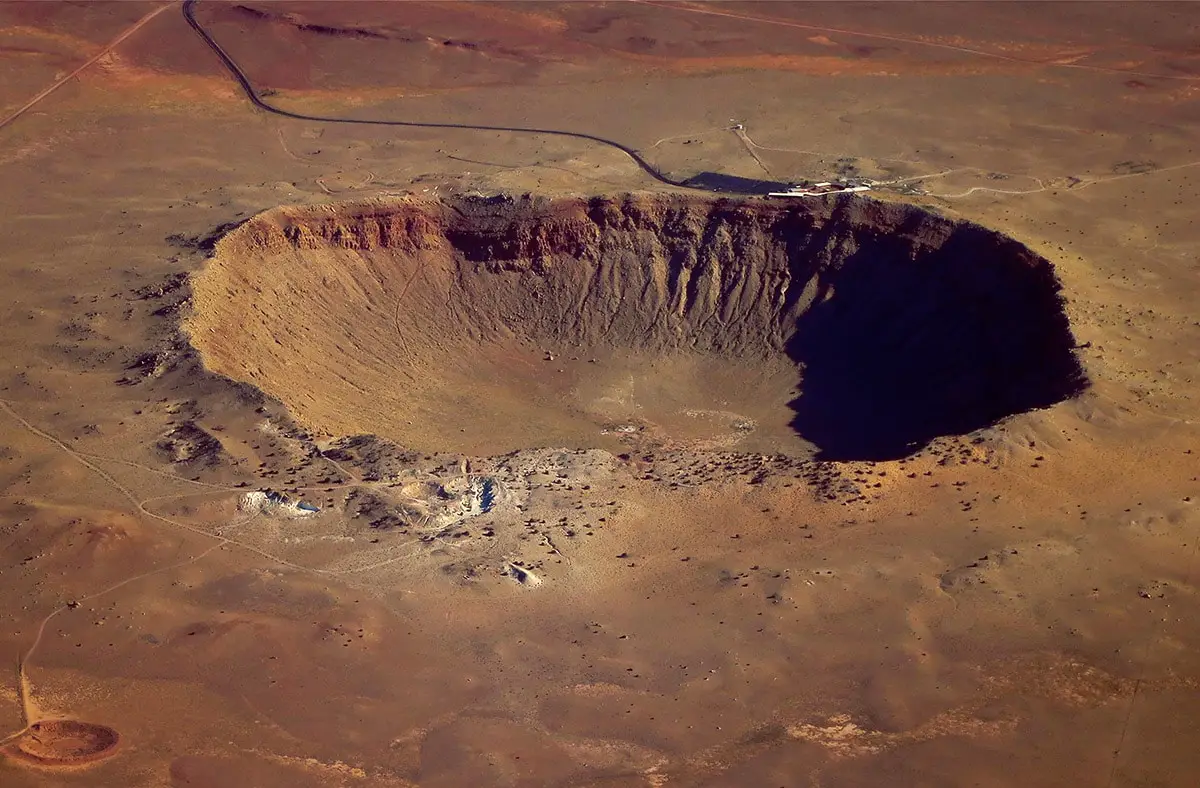
Impact craters
There are many pieces of solid matter flying around in space. And VERY frequently they fall on the surface of the Earth. There are estimates that every year on Earth fall 18,000 – 84,000 meteorites larger than 10 grams: e.g. one meteorite every 6 – 30 minutes.
This category includes outstanding impact craters – detectable scars on the surface of Earth left by a body coming from outer space. The category includes also meteorites – natural objects from outer space.
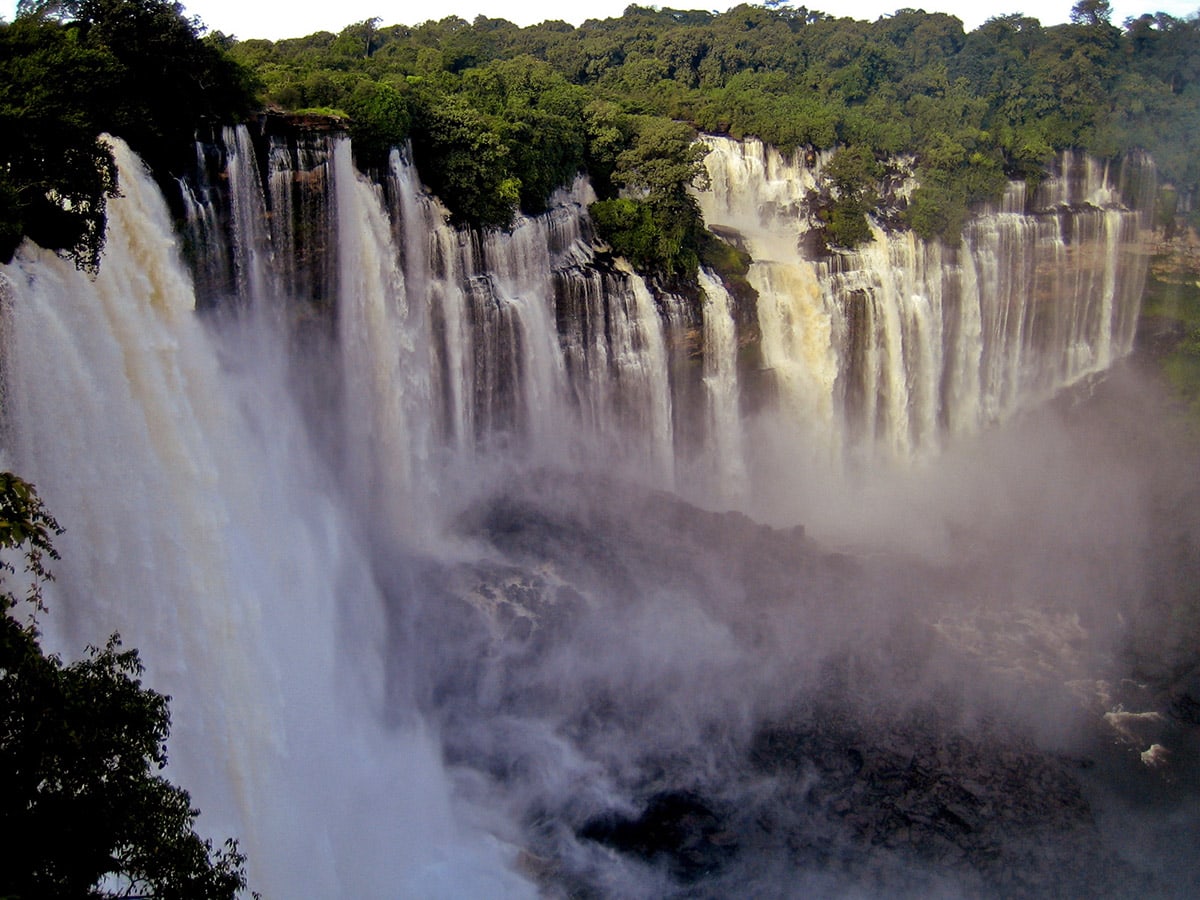
Wonders of Africa
Africa has many outstanding wonders and some of the most surprising ones are the heritage of Egyptian civilization, the vernacular architecture of the Sahel region, tropical ecosystems, and others.

